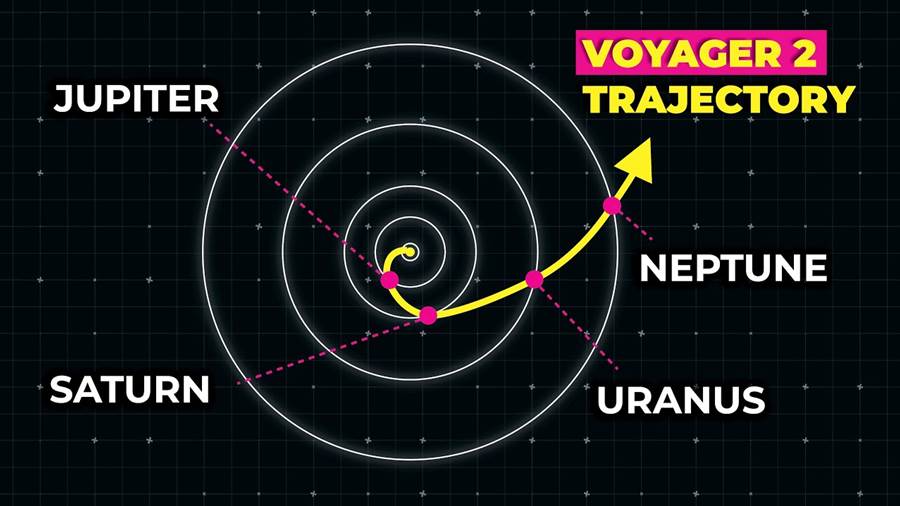
The article discusses the concept of gravity assist and its significance in launching spacecraft into space. Gravity assist, commonly known as slingshot maneuver, refers to using the gravitational pull of a planet or other celestial bodies to gain speed and change the trajectory of a spacecraft. This technique has been instrumental in propelling spacecraft to distant destinations within our solar system.
Gravity assist has been utilized in numerous space missions, including the successful flyby missions of Voyager 1 and Voyager 2. By carefully calculating the trajectory and timing of the spacecraft's encounter with a planet, engineers can utilize the planet's gravitational pull to increase the spacecraft's velocity.
The concept of gravity assist relies on the principle of conservation of momentum. As the spacecraft approaches a planet, it experiences a gravitational pull that alters its trajectory. By precisely aligning the spacecraft's path, engineers can harness this gravitational energy and transfer it to the spacecraft, giving it an additional boost of speed. This slingshot effect allows the spacecraft to gain momentum without requiring additional fuel.

The advantages of gravity assist are evident in the exploration of our solar system. By using this technique, space missions have been able to visit multiple celestial bodies and conduct scientific research that would otherwise be impossible. For example, the Voyager spacecraft utilized gravity assist to visit Jupiter, Saturn, Uranus, and Neptune, providing valuable data and images of these distant planets.
In addition to conserving fuel, gravity assist also helps to reduce the overall cost of space exploration. By taking advantage of the gravitational forces present in our solar system, spacecraft can achieve high speeds and reach their destinations using less energy.
However, the success of gravity assist relies on precise calculations and careful planning. Engineers must consider various factors, such as the speed and position of the spacecraft, the gravitational forces of the celestial bodies, and the desired trajectory. Small errors in these calculations can have significant consequences and may result in a failed mission or deviating from the intended path.
In conclusion, gravity assist is a fundamental concept in the mastery of launching spacecraft into space.








